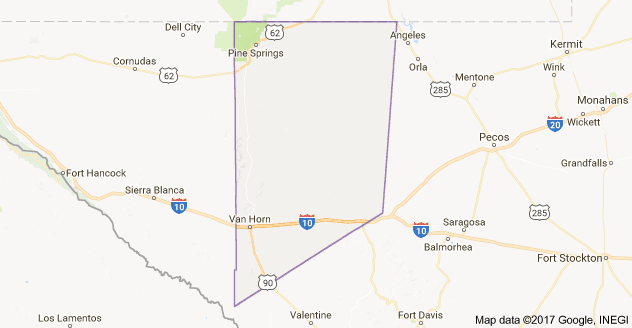
By Richard Cowan
WASHINGTON (Reuters) – On the 34th day of a partial U.S. government shutdown, President Donald Trump and congressional Democrats remain at odds over his demand for funding for a wall on the border with Mexico.
Trump has refused to sign any legislation to fund an array of government agencies, including the departments of agriculture, commerce, justice, interior and homeland security, unless it includes $5.7 billion for his long-promised wall.
The Democrats, who control the House of Representatives, have rejected the wall as ineffective and immoral and want the government to be reopened before any further talks about border security.
As long as the stalemate continues, 800,000 federal employees are on furlough or working without pay.
The following are some possible ways the standoff might end:
GLIMMERS OF COMPROMISE
The Senate is due to vote on two measures on Thursday: Trump’s proposal to fund government agencies through Sept. 30 while paying for a wall and also providing some temporary protections for some undocumented immigrants (“Dreamers”), and a Democratic plan to reopen the government through Feb. 8 while border security negotiations continue.
Both measures are expected to be defeated. If they are, that could clear the way for a new round of negotiations between Congress and Trump.
The fact that Senate Majority Leader Mitch McConnell is willing to allow the votes suggests he may be trying to persuade lawmakers of both parties to compromise. The speaker of the House, Democrat Nancy Pelosi, told reporters on Thursday that she was willing to meet face-to-face with Trump.
POSSIBLE WAYS TO BREAK THE IMPASSE
* Congress and Trump find a way to temporarily re-open the government under a promise of serious border security negotiations over the next month or so.
* Democrats agree to more than the $1.3 billion in border security funding they have been backing, but less than the $5.7 billion Trump wants. If Trump faces a public opinion backlash or there are signs Republican lawmakers may be abandoning him, he might have to settle for less.
* Democrats and Republicans agree on $5.7 billion in border security funding this year, but the language allows both sides to claim victory by including different ways of securing the border. Democrats insist the money will not be used to build a wall; Trump and his fellow Republicans tout the money that will include funding for various types of barriers and other tools to discourage illegal immigration and drugs.
* A “grand bargain” emerges that reopens the government, bolsters border security and also provides protections from deportation for “Dreamers,” who were brought to the United States illegally by their parents. Other changes to immigration law also could be included. Such a deal would fund federal programs through Sept. 30, the end of the fiscal year, add funds for an array of border security tools without imposing tough new constraints on immigration that Trump has previously attempted.
TRUMP DECLARES ‘NATIONAL EMERGENCY’
While the possibility that this might happen has faded recently, Trump could revive his threat to declare a national emergency at any time. His rationale would be that illegal immigration jeopardizes U.S. security and he is empowered to act by redirecting existing federal funds to build the wall. Defense Department accounts could be targeted for use on the border.
Under the Constitution, Congress holds the power to make decisions about spending U.S. taxpayers’ money and using presidential powers to move funding around is almost certain to face legal challenges.
Taking this step would probably lead to prompt enactment of legislation reopening the government under the belief that Trump would sign it into law, without the $5.7 billion.
(Reporting by Richard Cowan; Editing by Tomasz Janowski and Sonya Hepinstall)











